If you want to play or write some music with a bit of a darker or sadder tone, minor keys are a great way to do that. It’s much easier to become acquainted with a key if you can play some chords and not just notes. Here are some E minor chords to get you started.
E Minor Chords
The E minor chords are the chords that are built using the notes in the E minor scale; E – F# – G- A – B – C – D – E.
What are the chords in the key of E minor?
The chords in the key of E minor are:
- Em (i)
- F#dim (ii°)
- G (III)
- Am (iv)
- Bm (v)
- C (VI)
- D (VII)
*diminished chords (dim, for short) are denoted by the degree symbol (ex: B° = Bdim) The formula for a diminished chord is I – bIII – bV.
What are the notes of the E Minor scale?
The E minor scale is pretty simple to remember. In fact, if you know the G major scale, then you already know this one too (more on that later).
In order to find the notes of the E minor scale, you just have to remember this formula:
Whole – Half – Whole – Whole – Half – Whole – Whole
To use the above formula you will start at the E note and then move a whole step up to the F#. From the F# you will move up a half step to the G note. You continue until you have all 7 notes. It will look like this:
- E
- F#
- G
- A
B - C
- D
Remember when we mentioned the notes in E minor are the same as the notes in G major? That is because E minor is a relative minor to G major. Relative keys are keys that share all the same notes but have different tonics, or root notes.
How do I find E Minor chords?
Building chords is easy once you learn the right formulas. Chords are, for the most part, built on triads. A triad, as the name implies, is a group of three notes. Specifically, the I, III, and V for major chords and the I, bIII, and V for minor chords.
To find those notes you have to map them out.
| I | II | III | IV | V | VI | VII |
| E | F# | G | A | B | C | D |
To build chords using the E minor scale you will only use these notes. The formula to figure out the chords is i – ii° – III – iv – v – VI – VII.
So the chords of the key of E minor will look like:
| i | ii° | III | iv | v | VI | VII |
| Em | F#dim | G | Am | Bm | C | D |
You will notice that there are both major and minor chords in the key of E minor. That is because each of these chords is built only using the available notes in the key. If a certain note is not in that key, you can’t use it to build the chord.
For example, The major G chord is made up from the notes G, B, D. All of those notes are above in the E minor scale. In order to use a Gm you would need a bIII, which is Bb. Since there is no Bb in the key of E minor, you can’t use it to make a chord.
E Minor Chords (Diagrams)
Here’s what you’ve been waiting for! We drew up several chord diagrams to get you started. You have all of the major and minor chords in the key of Em as well as an alternate 7th chord, as well.
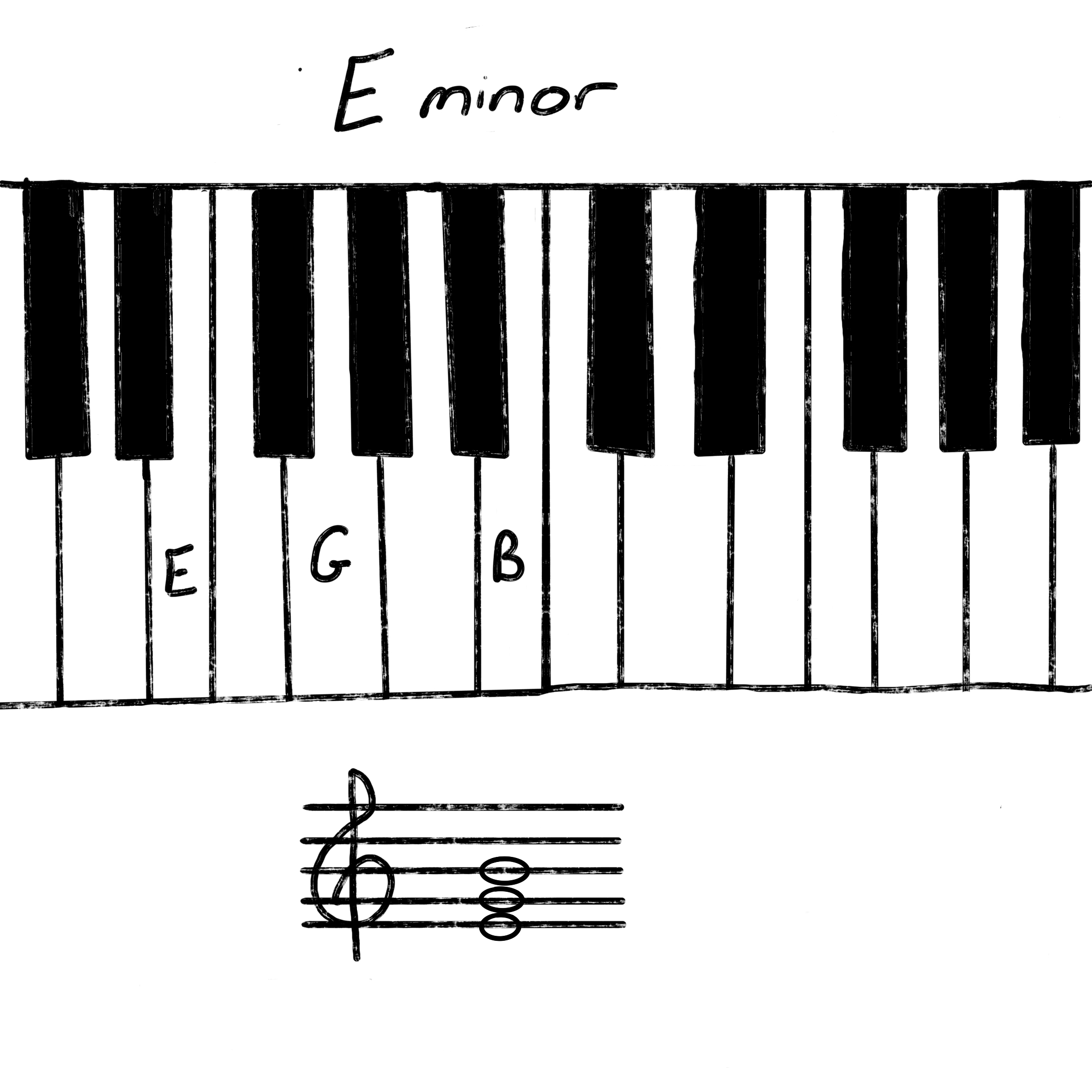
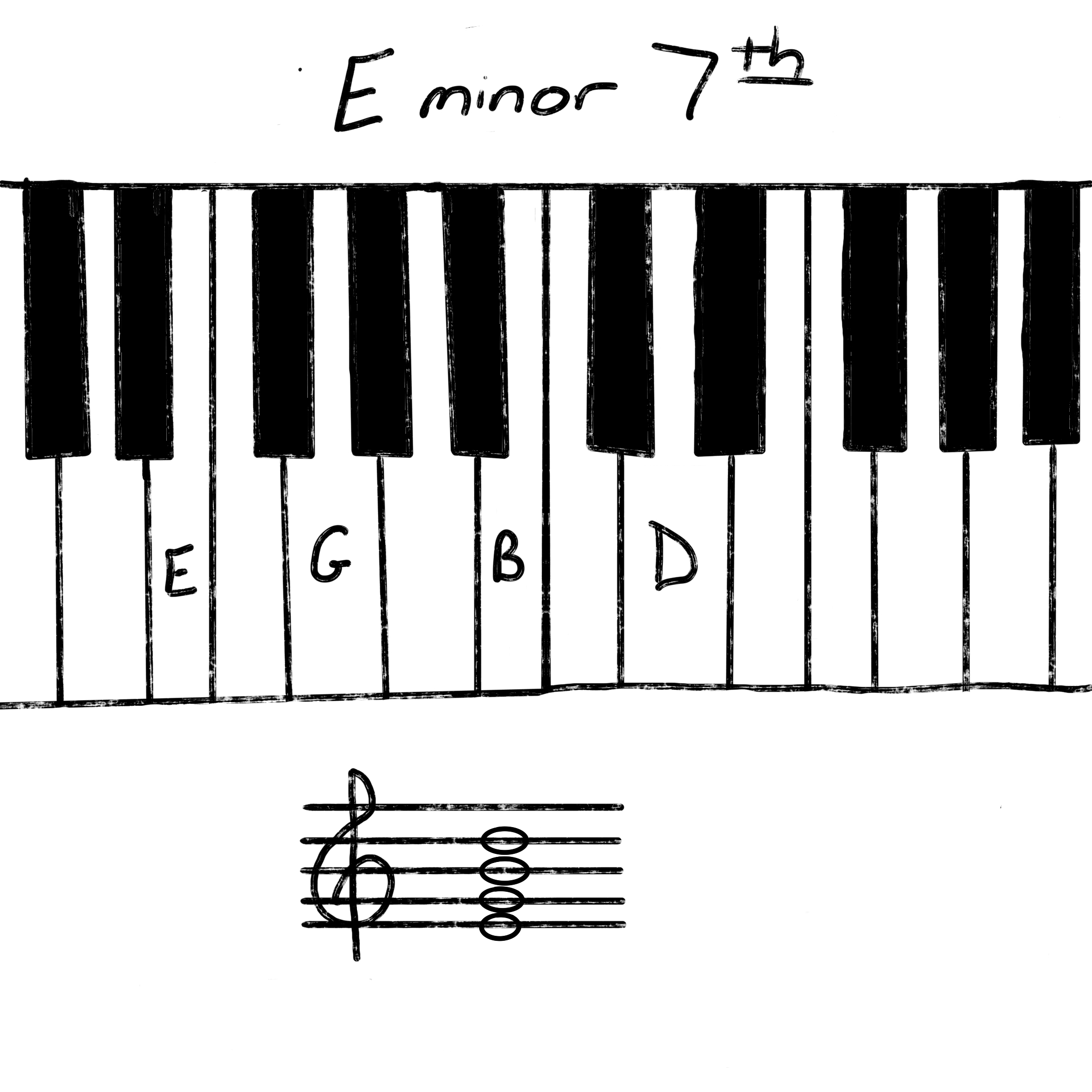
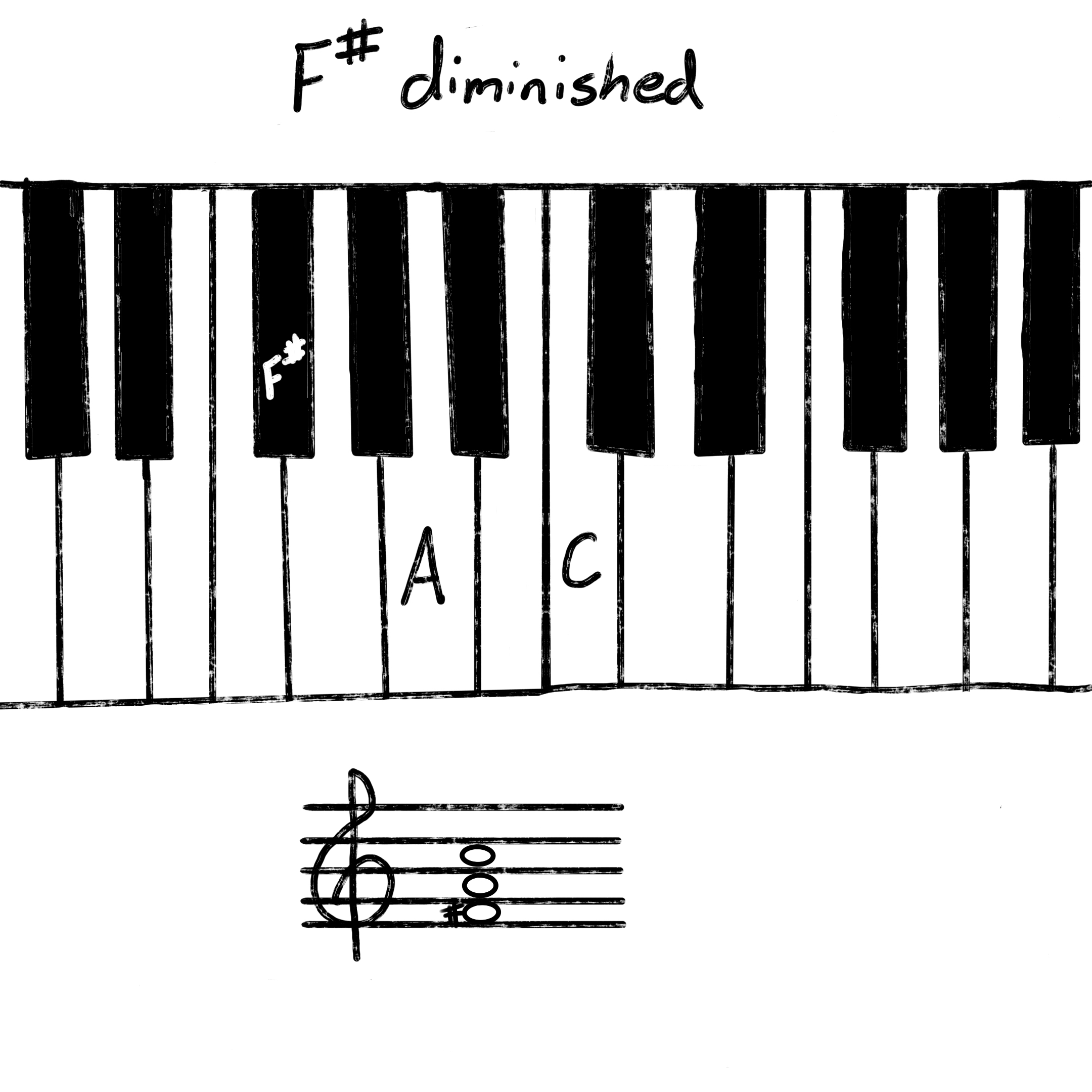
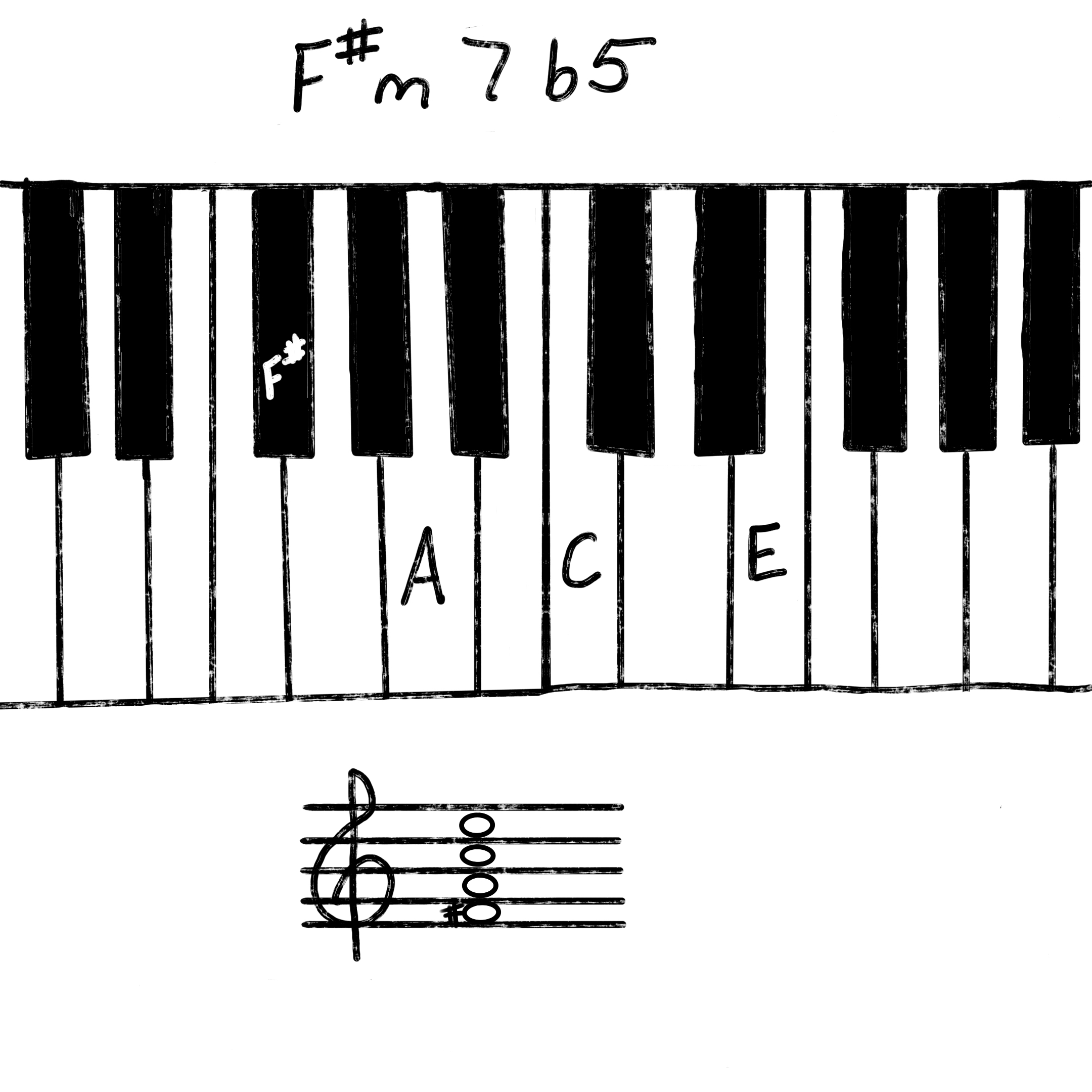
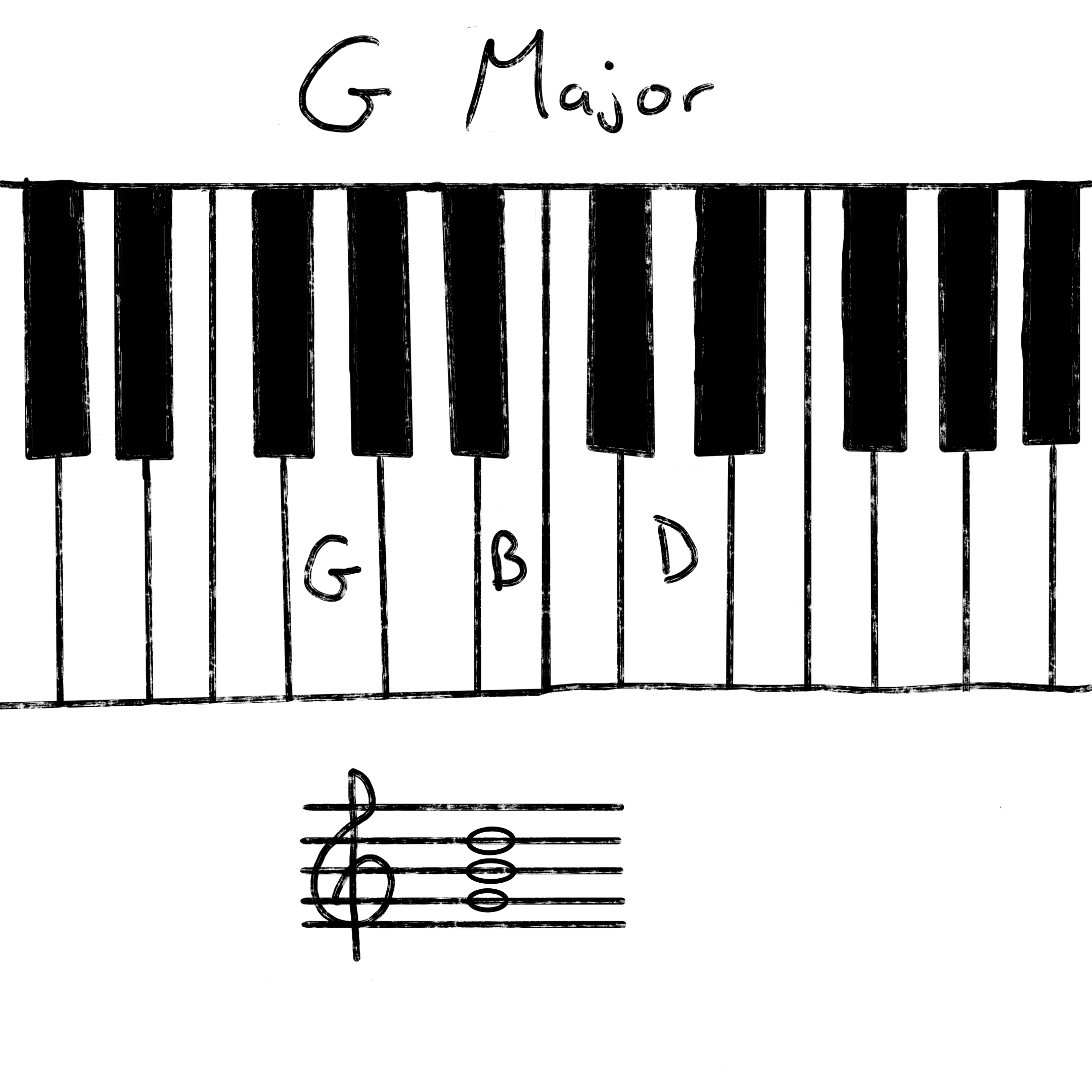
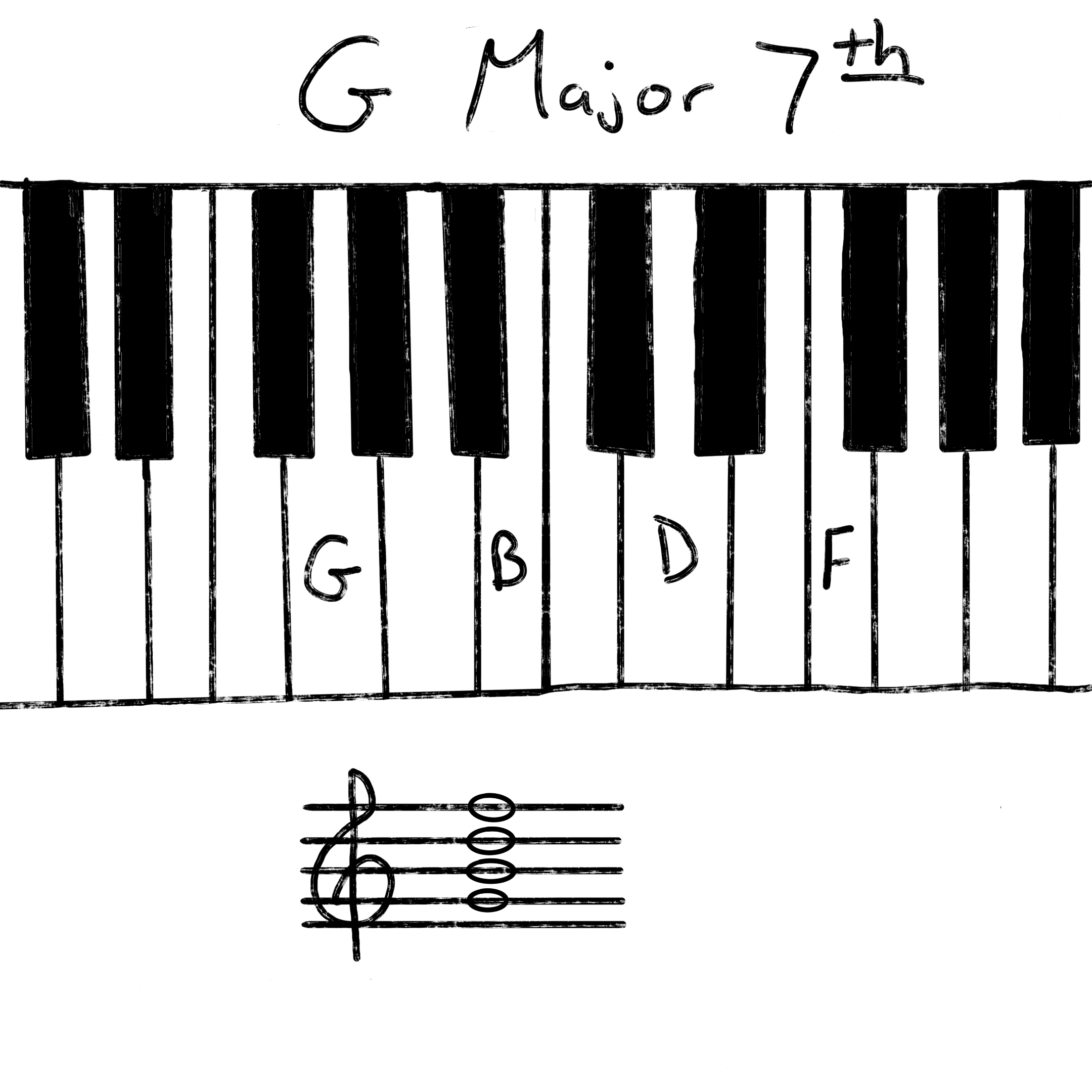
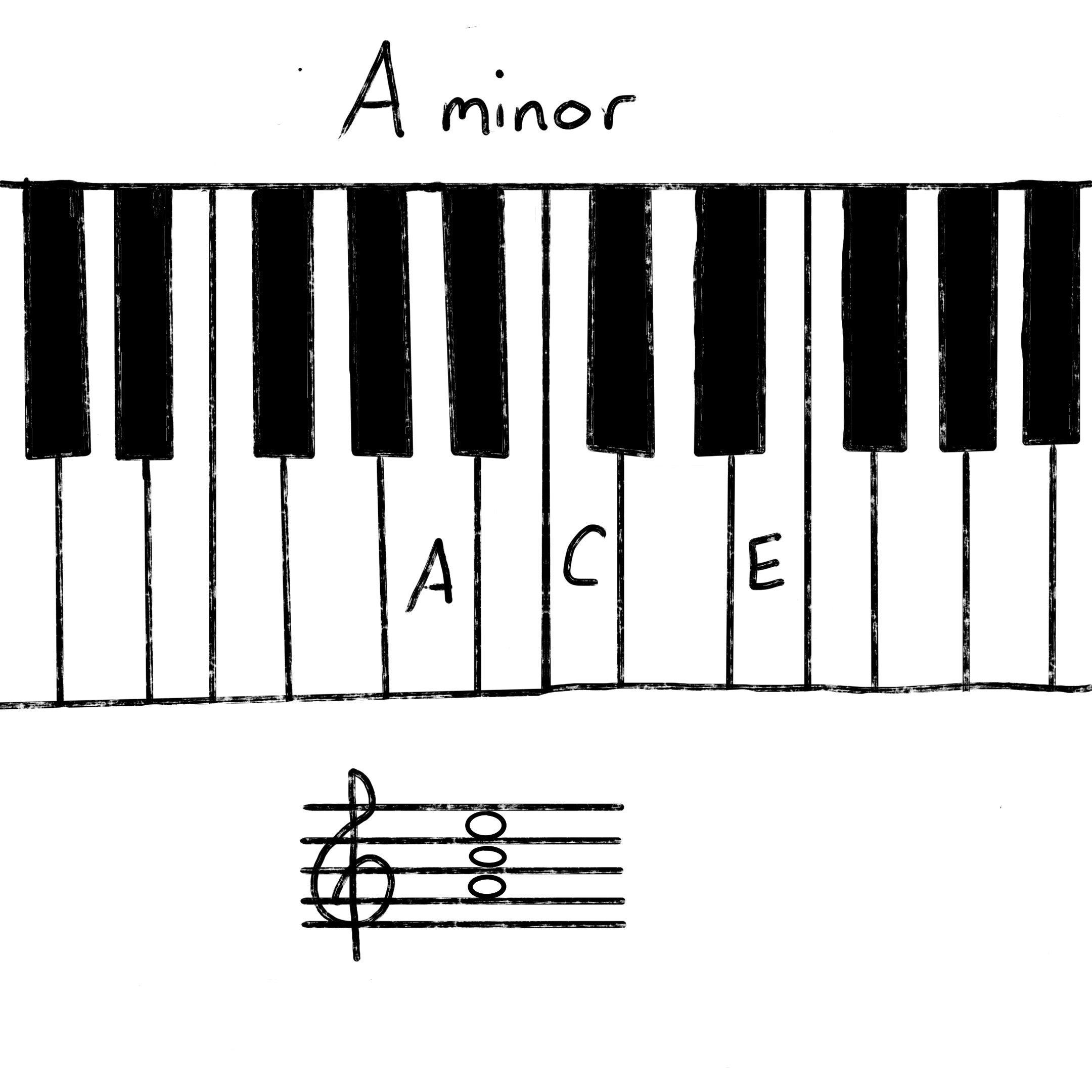
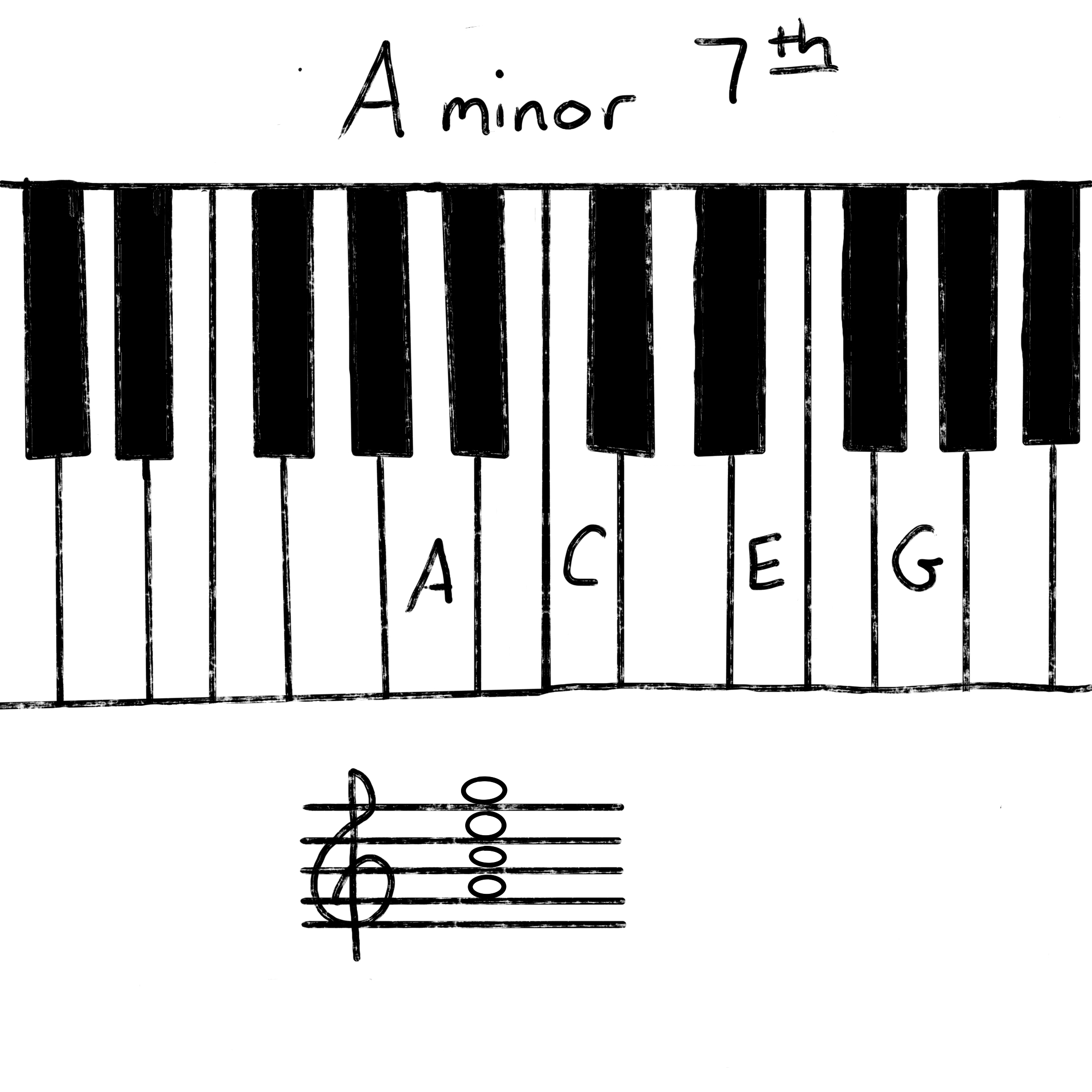
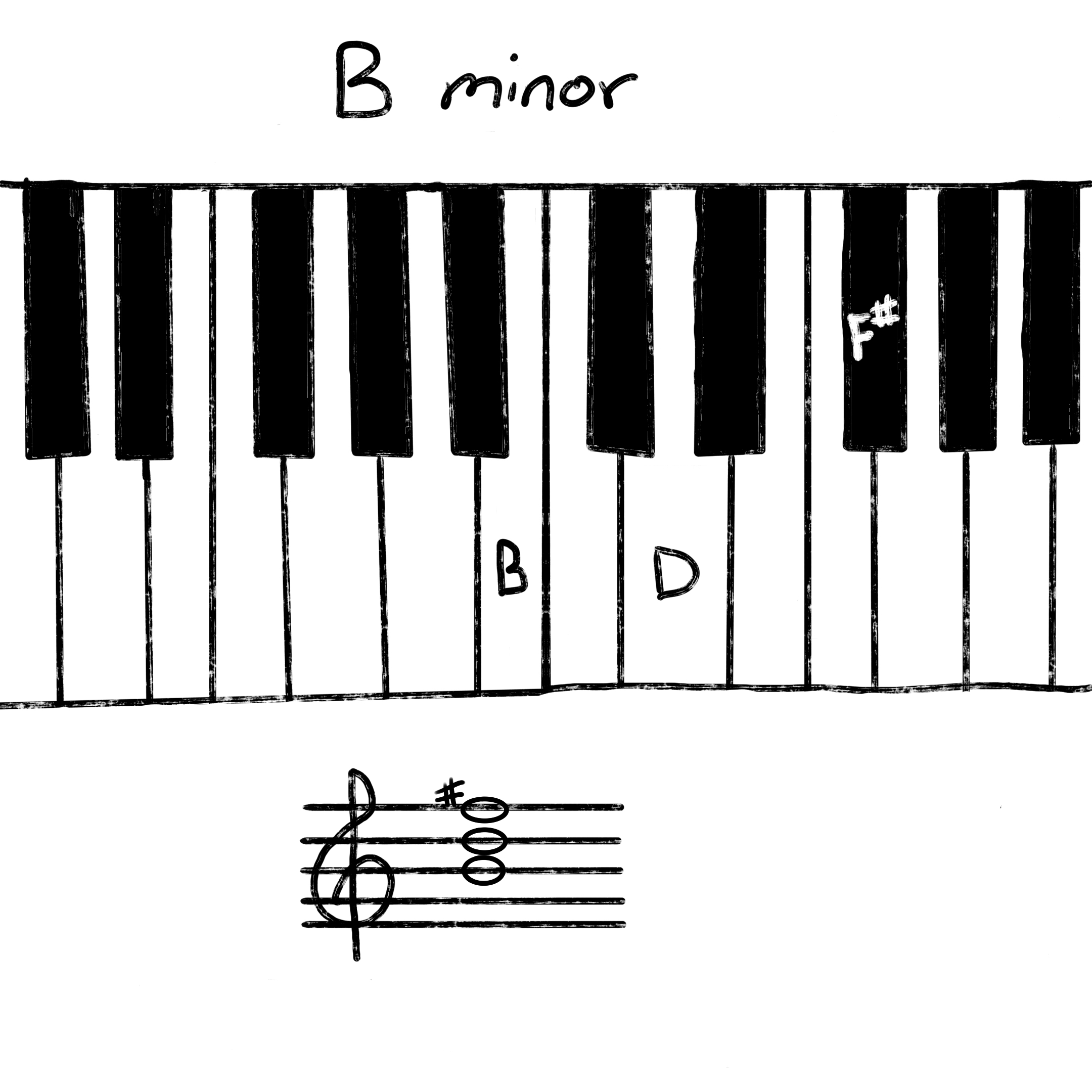
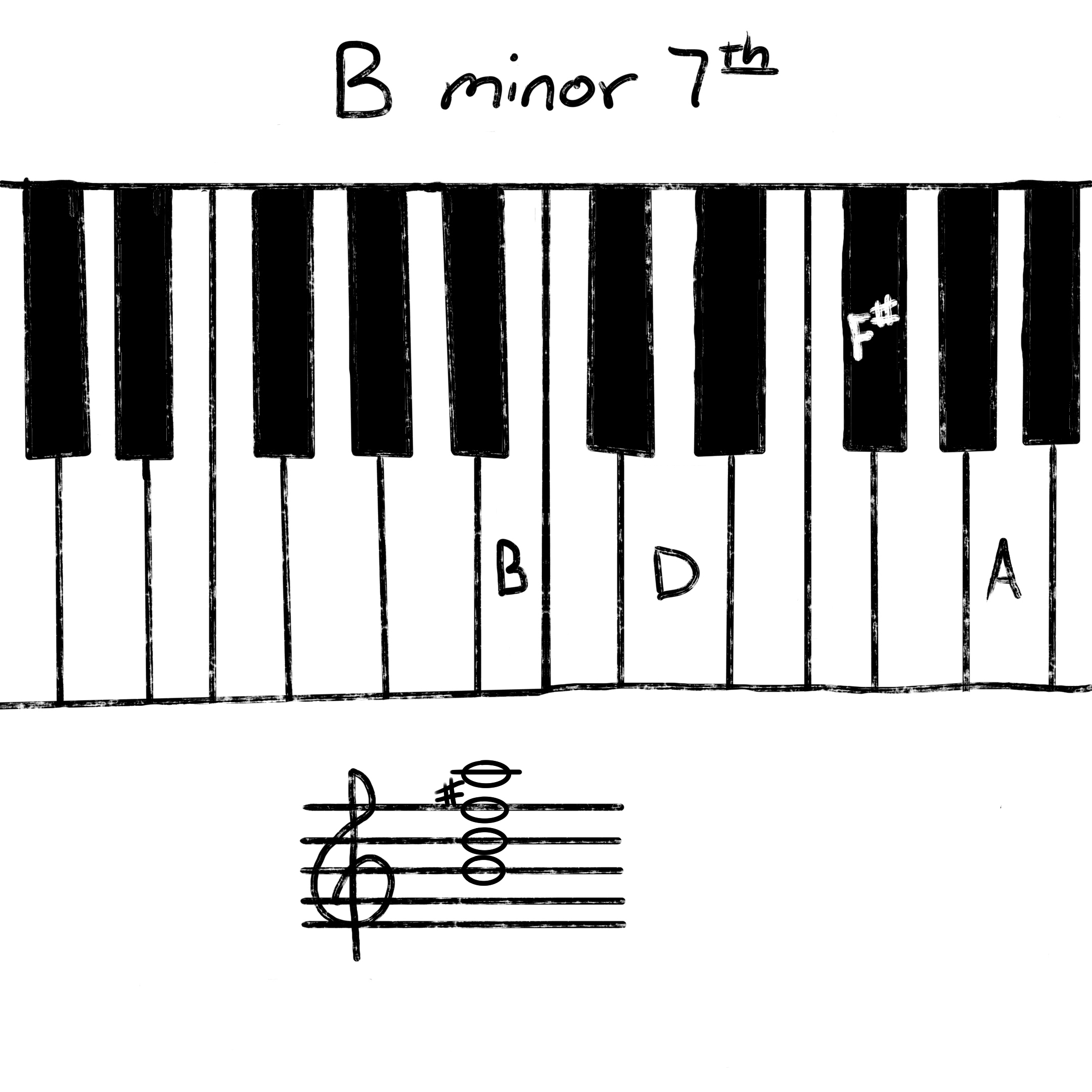

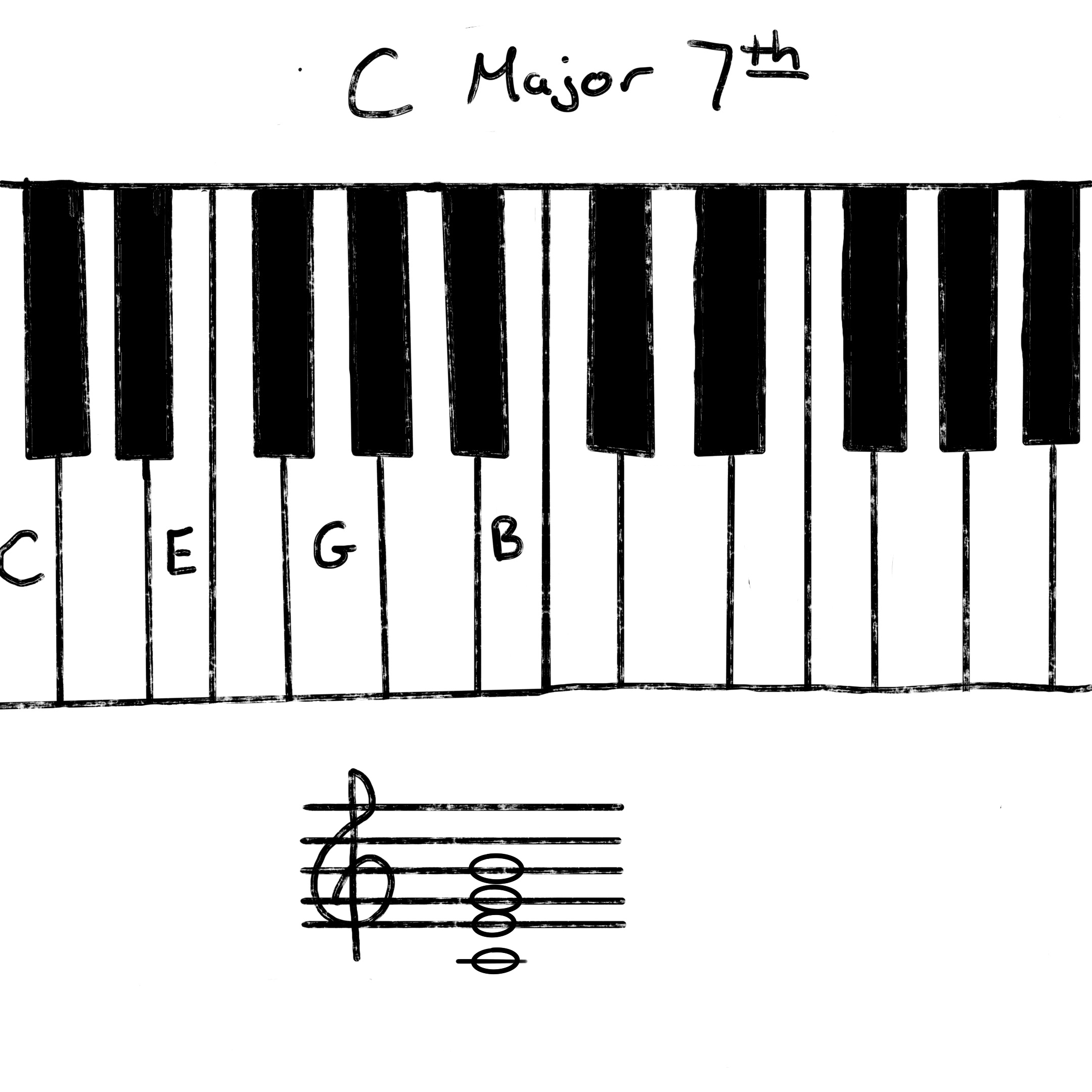
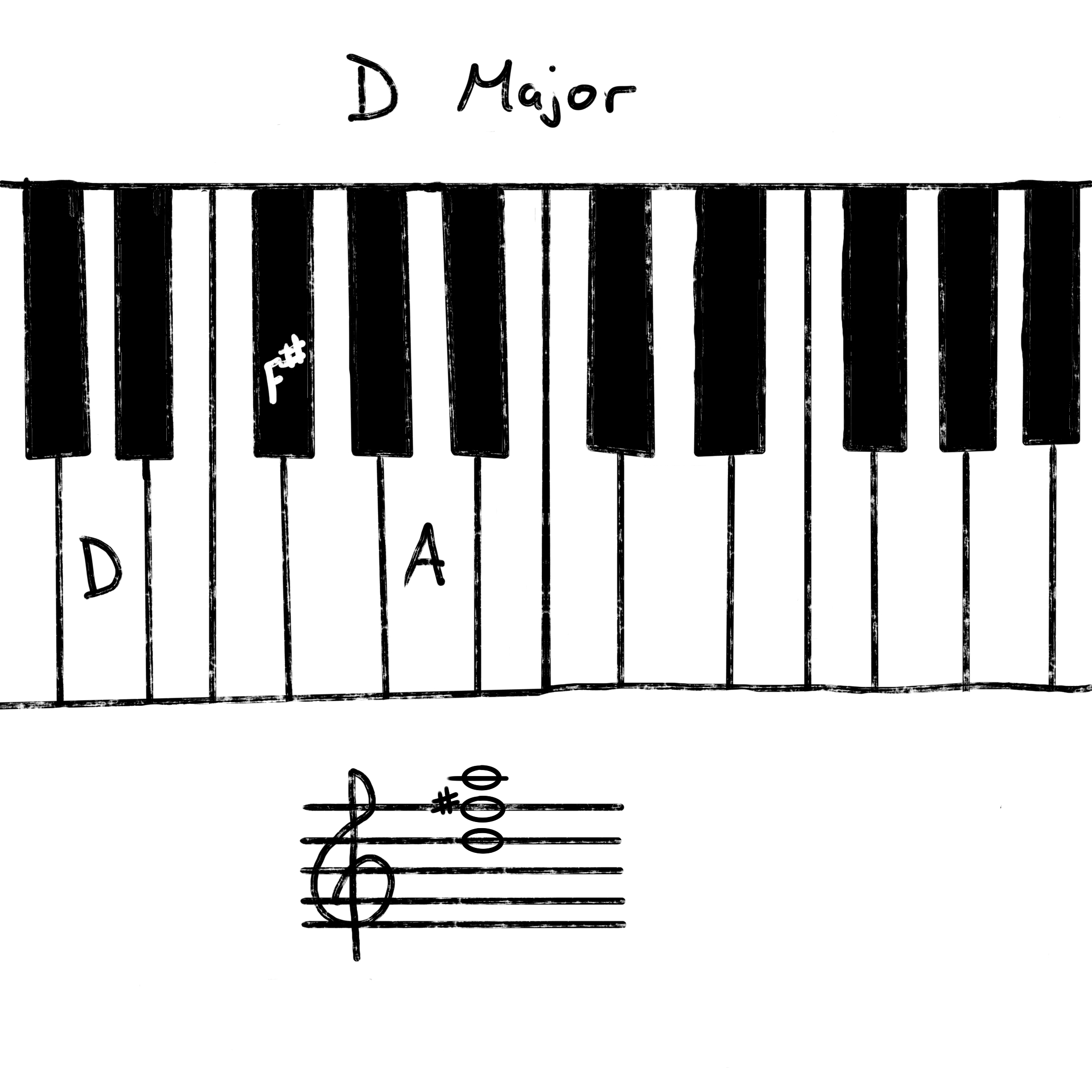
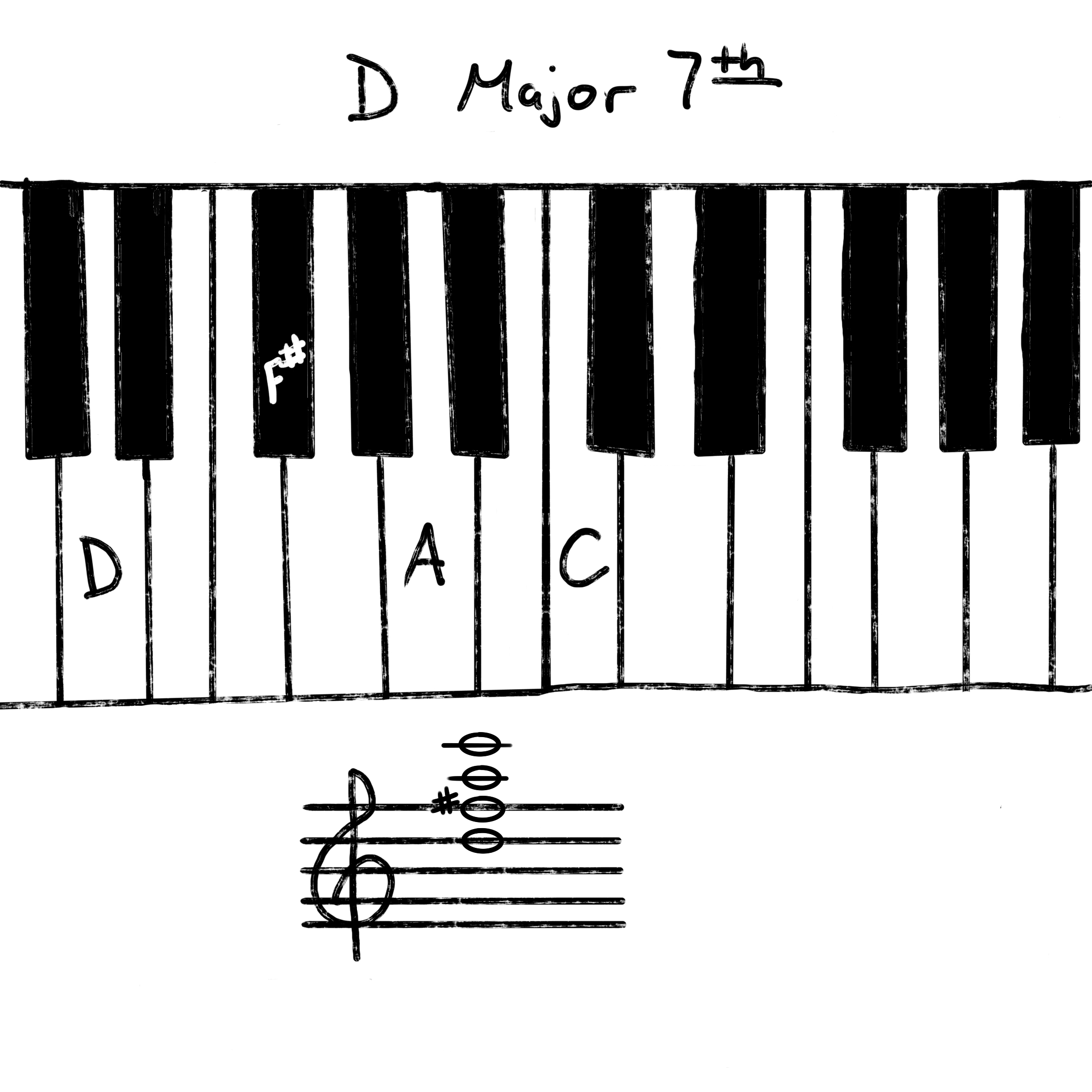
Inversions
Inversions may sound scary but they really are quite simple. In fact, once you learn how to use them, they can help improve your overall playing ability because you will be able to find the right notes without thinking about it.
Essentially, inversions are just playing a chord with the notes in a different order. For example, with the E minor chord we play the notes E – G – B. This is called the first inversion.
If we wanted to play the second inversion we would play G – B – E, with the E note belonging to the next highest octave. The third inversion is B – E – G with, you guessed it, the E and G both in the next highest octave.
If this description sounds a little confusing, check out the diagrams below.
| Inversion | 1st | 2nd | 3rd |
| Chord Formula | E – G – B | G – B – E | B – E – G |
First Inversion
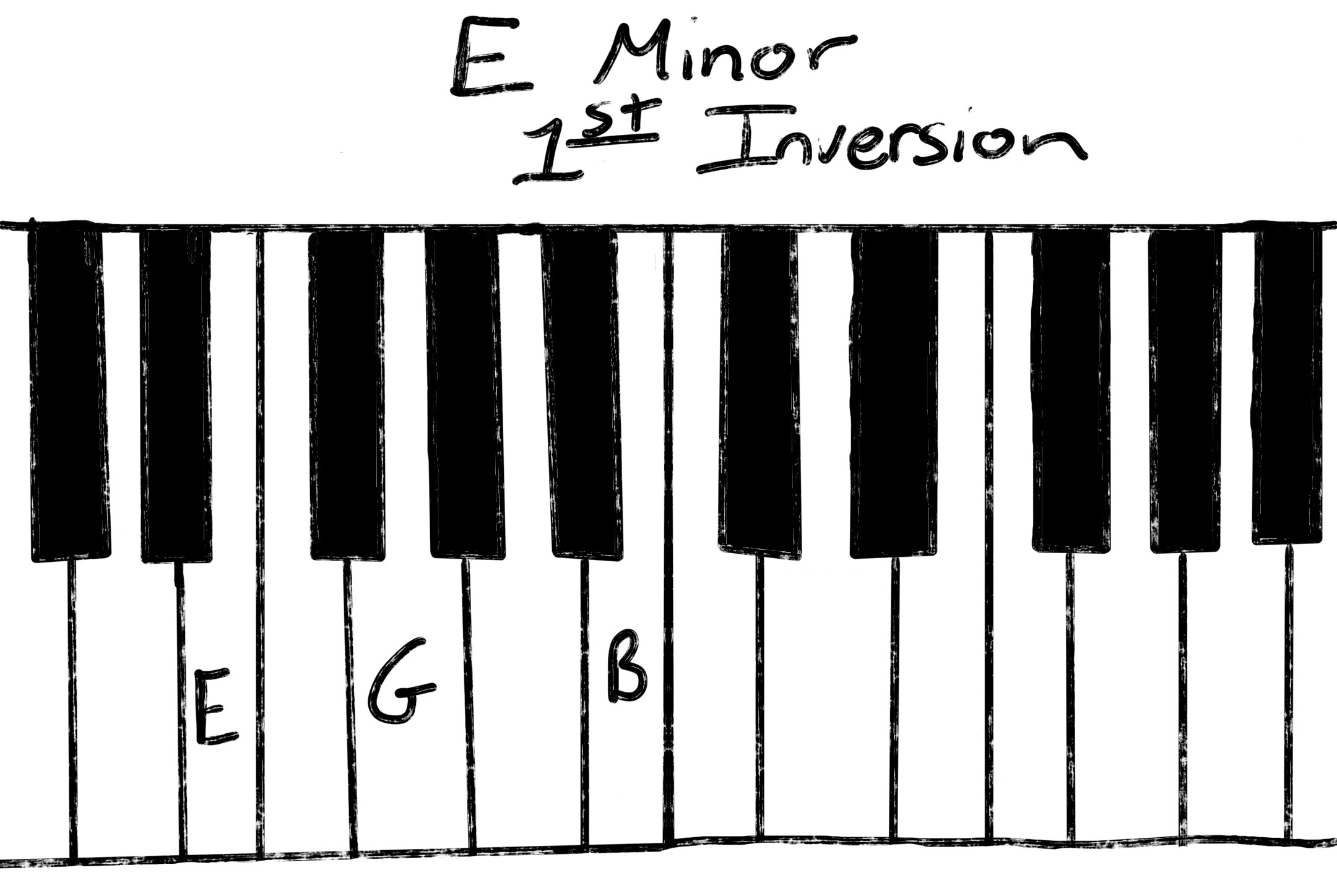
Second Inversion
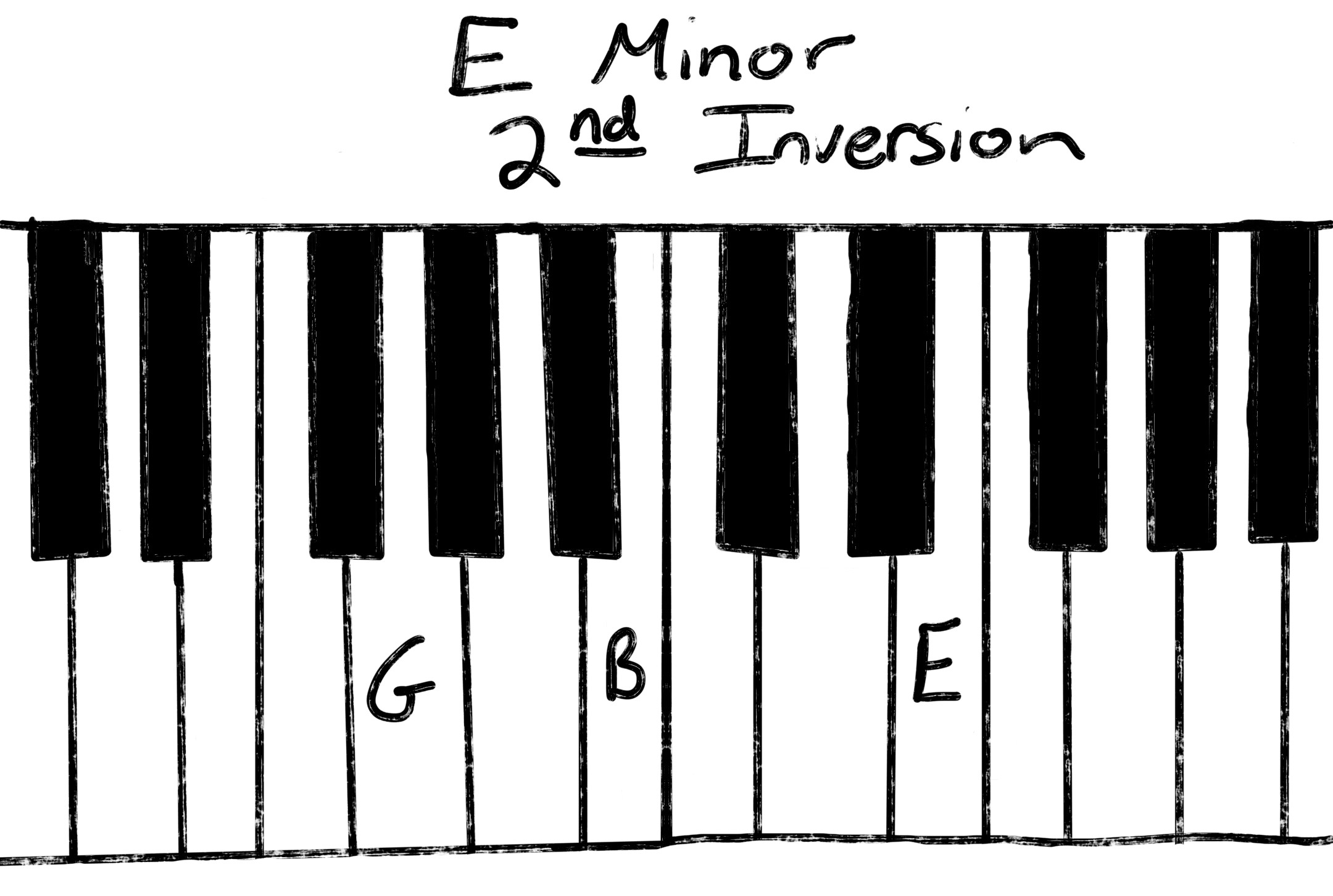
Third Inversion
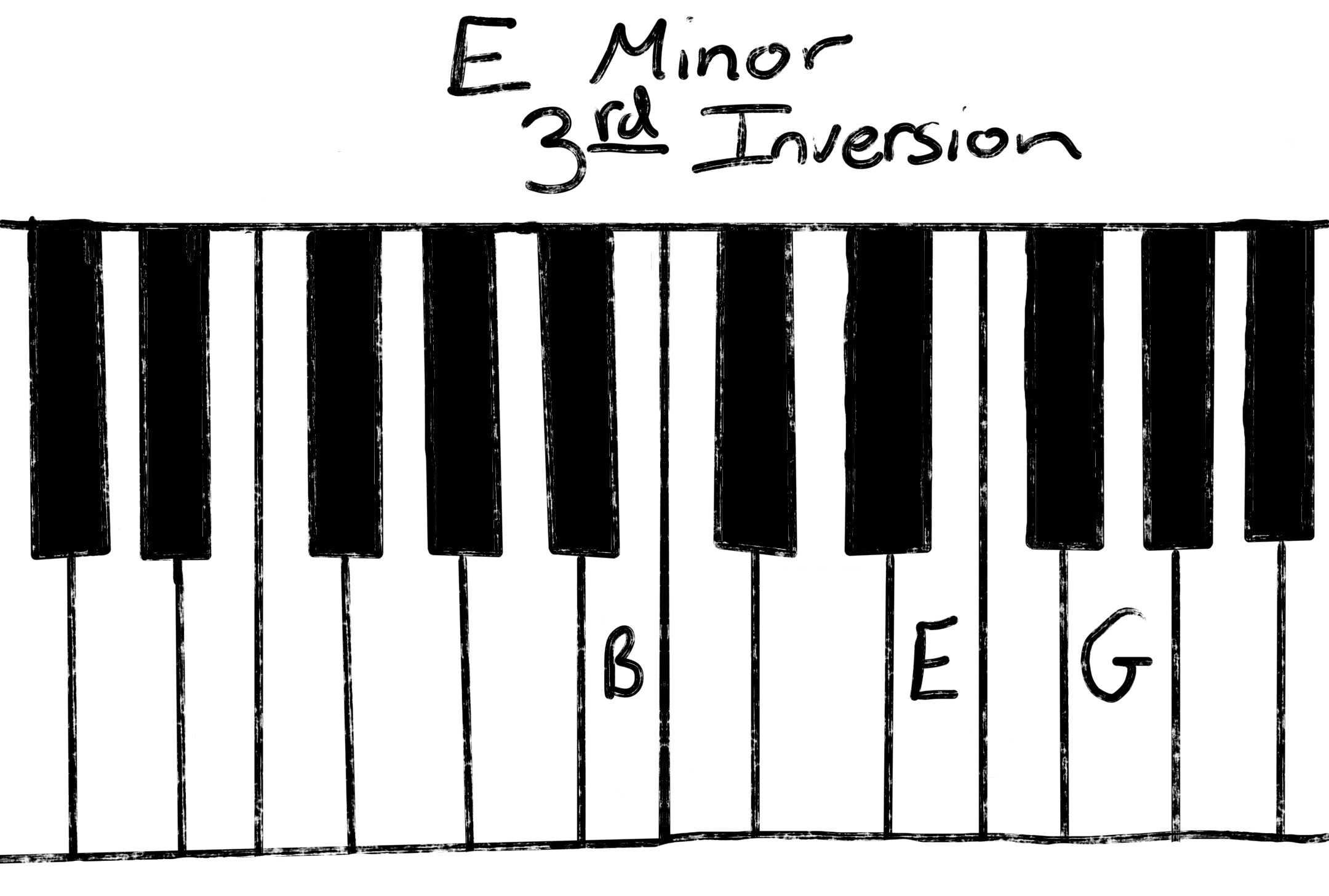
Modified Chords
Now that you have a firm grasp on how to build your own chords and how to play the ones above, we can start talking about modified chords. If you’ve mastered the chords we’ve already discussed, then you have an advantage going into this section.
add Chords
We are going to talk about add chords. add chords are exactly what they sound like, you add a note right into them. It’s super easy. In fact, you have already done it if you played the 7th chords above.
To build an add note we first must assign numbers to our notes. Starting with the root note, in this case E, you will count from 1 and work your way up to 13. In the key of E minor it will look like this:
| 1 | E |
| 2 | F# |
| 3 | G |
| 4 | A |
| 5 | B |
| 6 | C |
| 7 | D |
| 8 | E |
| 9 | F# |
| 10 | G |
| 11 | A |
| 12 | B |
| 13 | C |
You will notice there are some notes bolded in the chart above. Those are the notes you will most often see in add chords. To build an add chord you just take one of those notes and ADD it into your existing chord.
For example, the Em chord is E – G – B. If we wanted to play an Emadd4 chord, we would find the IV note above, which is A, and include that in our chord. The new chord would look like E – G – A – B.
You may also notice that starting with note 8, the notes start to repeat but the numbers continue to go up. Those notes, like with in versions, are in the next highest octave. So, for example, if you wanted to play a Emadd11, it would look like E – G – B – A.
That same principle works for add2/add9 and add6/add13. You do not often see add6. When you do it is often with a 9 labeled like Em6/9; which would look like E – G – B – C – F#.
The E Minor Scale
This is how the E minor scale looks on both a keyboard and a music staff.
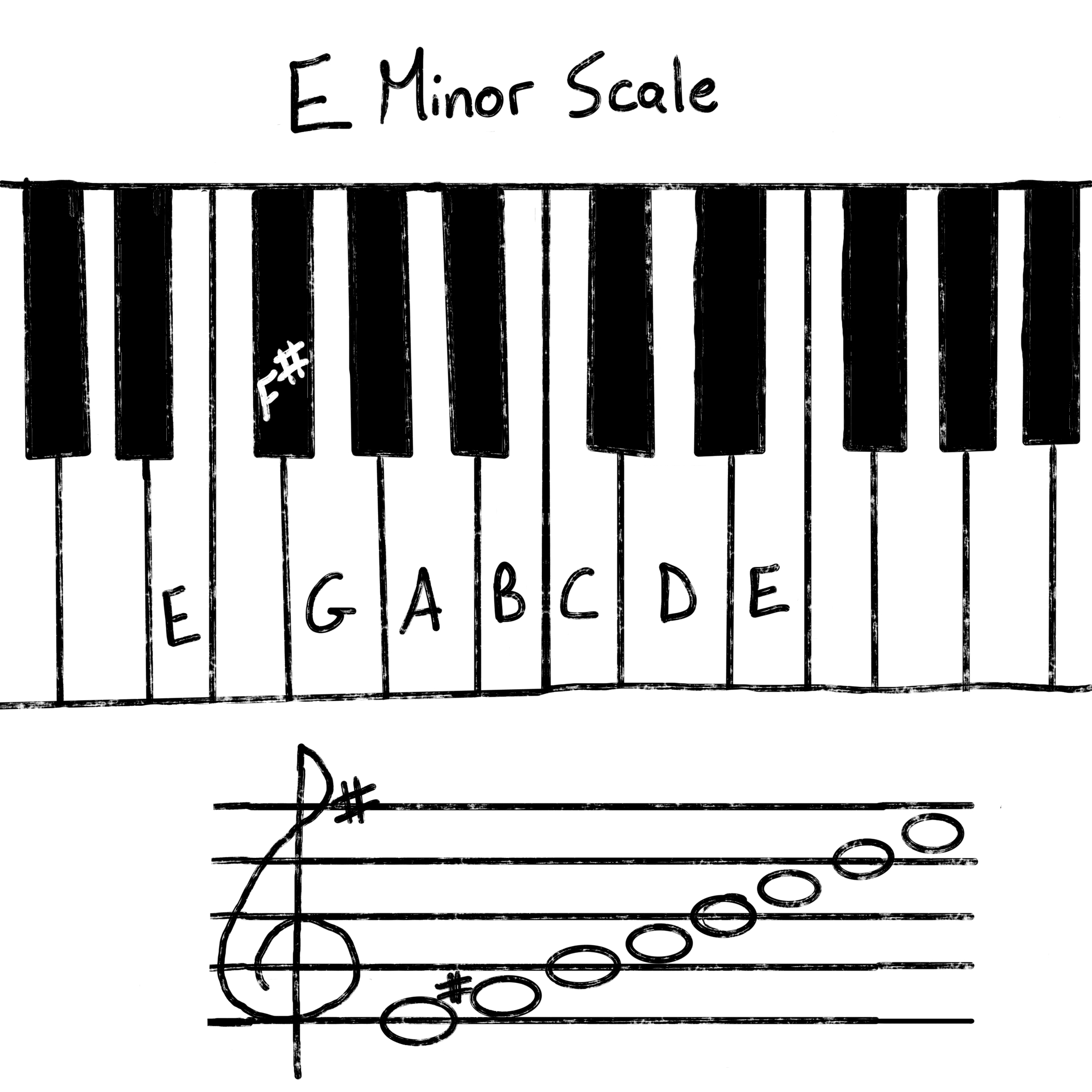
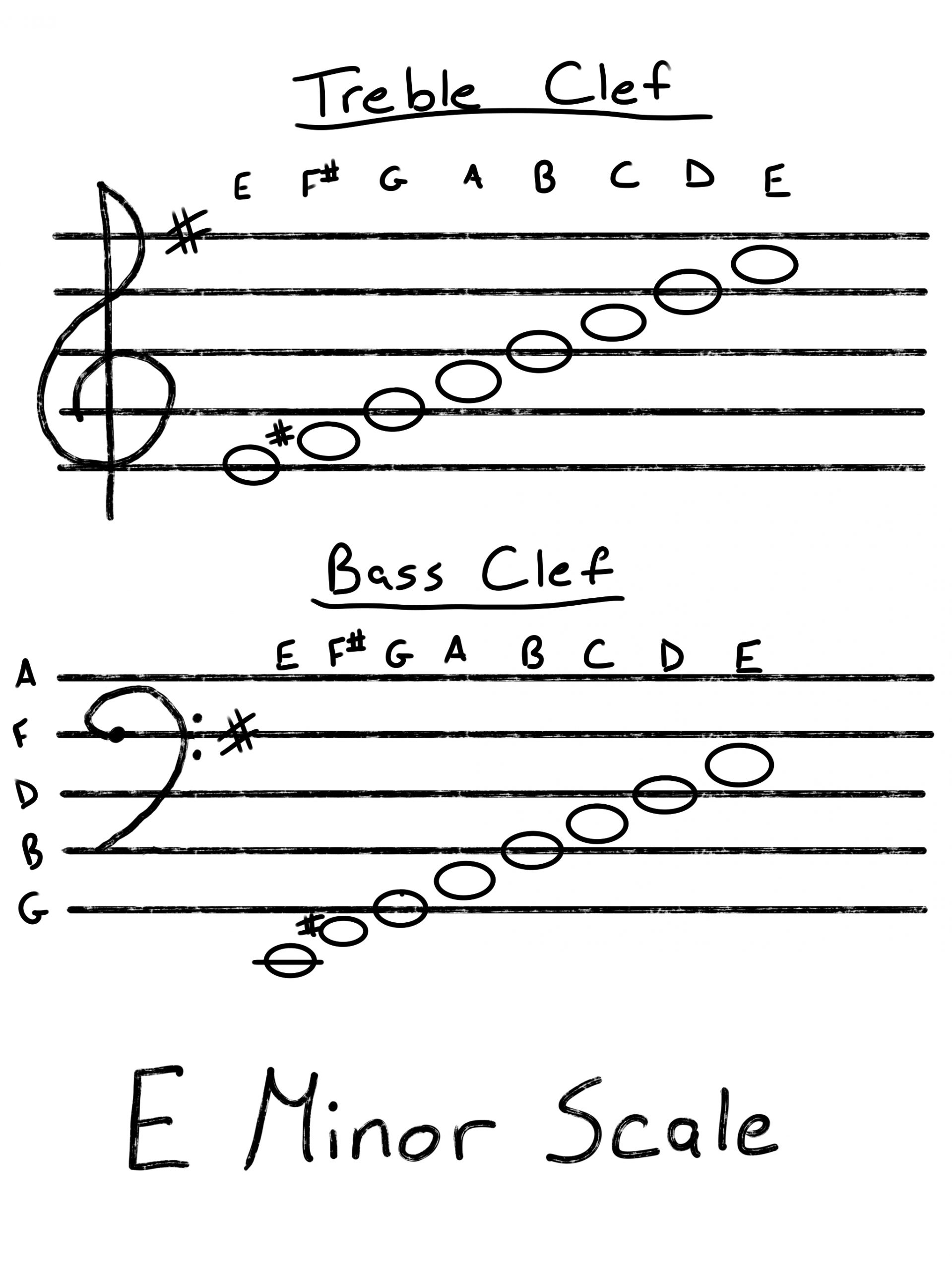
Wrap Up!
This was a packed lesson, for sure! Since Em is a relative minor to G major, it’s like you learned two lessons in one. Hopefully, you were able to take this information and use it to play some beautiful music.
Good luck and happy playing!